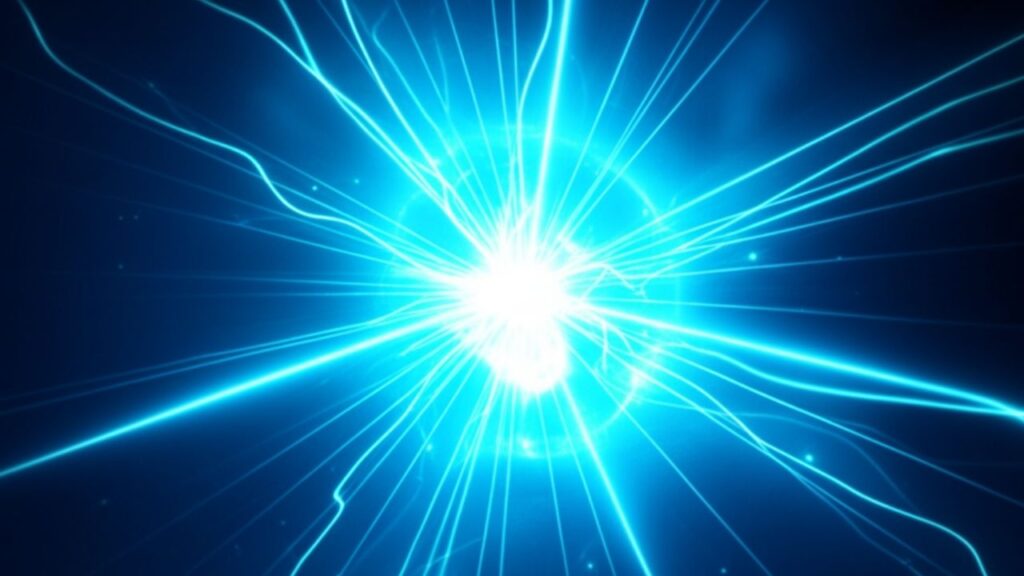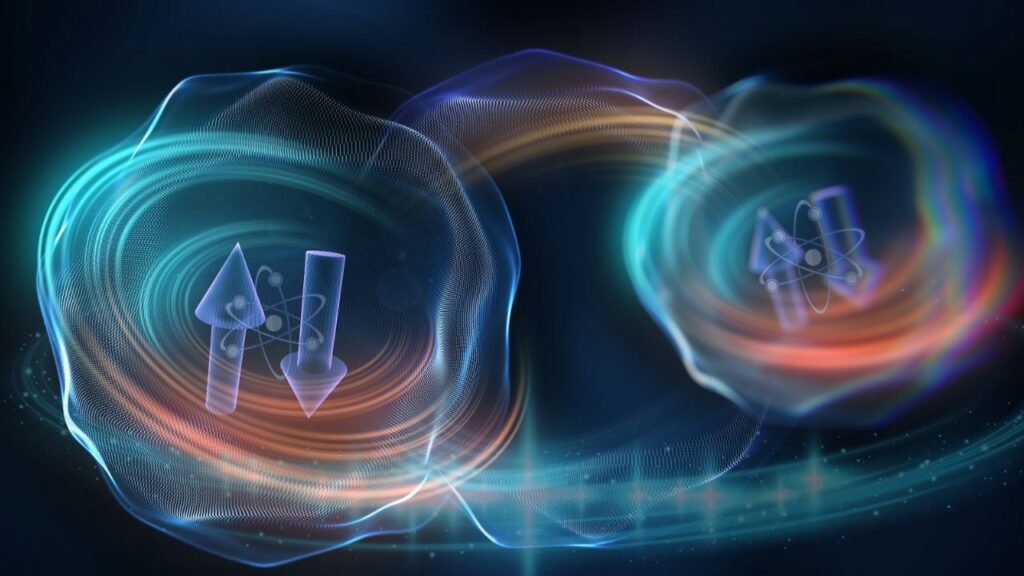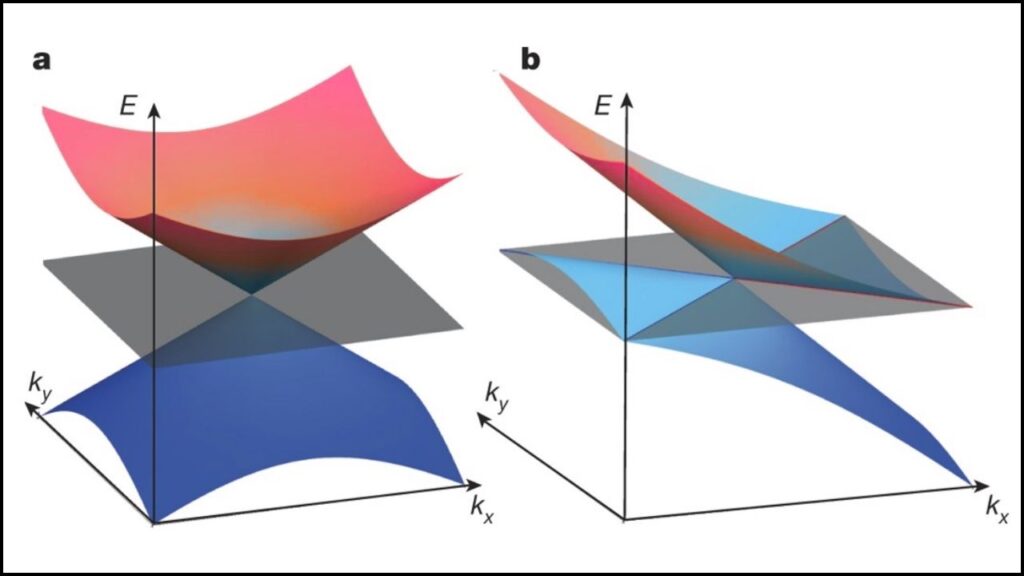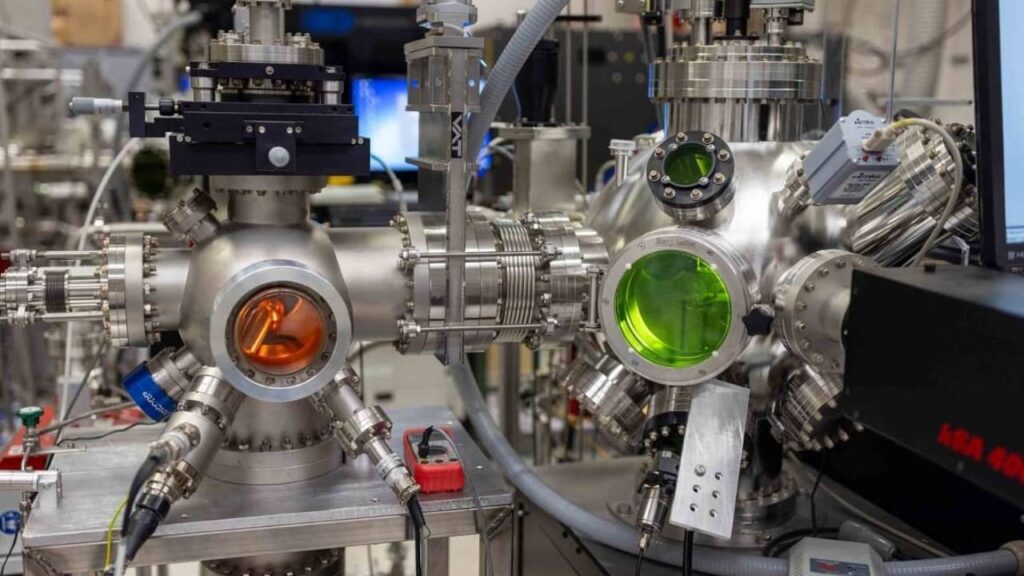Scientists at Rutgers University have revealed an astonishing new state of matter known as a quantum liquid crystal. This discovery deepens our understanding of how matter behaves at the smallest scales—and under extreme conditions—and introduces an entirely new way matter can exist. Found at the interface between two exotic materials—a conductive Weyl semimetal and an insulating magnetic spin ice—this quantum state emerges only when these materials are layered together and subjected to ultra-low temperatures and extremely strong magnetic fields.

This breakthrough could transform quantum technology and open fresh avenues for research, changing what we know about states of matter. In this article, we explore what a quantum liquid crystal is, why it is so unique, how the Rutgers scientists discovered it, and the exciting possibilities it holds for the future.
Table of Contents
Rutgers Scientists Discover a Bizarre New State of Matter
| Topic | Details |
|---|---|
| Discovery | Quantum liquid crystal—a new state of matter formed at the interface of two exotic materials (Weyl semimetal & spin ice) |
| Materials Involved | Weyl semimetal: conducts electrons with near-zero resistance; Spin ice: displays unusual magnetic properties |
| Experimental Setting | Ultra-low temperatures and extremely high magnetic fields at the National High Magnetic Field Laboratory in Florida |
| Key Phenomena | Electronic anisotropy (conductivity varies by direction), rotational symmetry breaking, electrons flowing in unexpected ways |
| Potential Applications | Ultra-sensitive quantum sensors, quantum computing components, advanced quantum devices |
| Research Team | Led by Prof. Jak Chakhalian, Dr. Tsung-Chi Wu, Prof. Jedediah Pixley, and others from Rutgers University |
| Published In | Science Advances journal (2025) |
| Official Rutgers Info | Rutgers University News Release |
The discovery of the quantum liquid crystal by Rutgers scientists is a landmark moment in quantum physics. It reveals a fascinating new form of matter emerging from the complex interaction of two extraordinary materials under extreme conditions.
This finding not only challenges our classic understanding of matter but also heralds a future where quantum exotic states might revolutionize sensing, computing, and materials engineering. The journey to unlock these possibilities shows the incredible potential of curiosity-driven science and high-precision technology.
As this field expands, expect more unprecedented discoveries that push the boundaries of how we perceive and use matter on the tiniest scales.
What Is a Quantum Liquid Crystal?
You’re probably familiar with the basic states of matter: solid, liquid, gas, and plasma. These states differ in how the particles—atoms and electrons—are arranged and move.

A quantum liquid crystal is quite different. It exists at the quantum level, governed by the strange and fascinating rules of quantum mechanics, which describe the behavior of tiny particles like electrons. It is called a “liquid crystal” because, like regular liquid crystals, it combines characteristics of both liquids (fluidity) and crystals (some order and structure). But it’s quantum because it exhibits extraordinary electronic and magnetic properties that don’t fit into classical categories.
This quantum state was observed at a narrow interface—a “sandwich” layer—made by stacking a Weyl semimetal on top of a spin ice. The remarkable interaction between these two unusual materials leads to the electrons inside behaving in ways that were never seen before.
The Materials: Weyl Semimetal and Spin Ice

- Weyl Semimetal: This is a special conductor where electrons act like particles called Weyl fermions. These particles move almost without resistance and at incredibly high speeds, giving the material unique electronic properties. Such materials are at the cutting edge of condensed matter physics.
- Spin Ice: Spin ice is a magnetic material whose atomic magnetic moments (tiny magnets) arrange themselves in a frustrated pattern similar to how hydrogen atoms have specific positions in frozen water ice. This leads to unconventional magnetic properties.
When scientists layered these two exotic materials one atom thick and cooled them near absolute zero, applying very strong magnetic fields, they created a platform for new quantum phenomena to arise.
How the Discovery Was Made
To reveal this new state of matter, the Rutgers researchers used the National High Magnetic Field Laboratory (MagLab) in Tallahassee, Florida, where conditions of ultra-low temperature and very high magnetic fields are achievable.

The team built tiny heterostructures—atomically precise layers of Weyl semimetal and spin ice—using a custom-designed machine called the Quantum Phenomena Discovery Platform (Q-DiP). Over two years, intensive experiments combined with sophisticated theoretical analysis uncovered that:
- The interface showed electronic anisotropy: electric conductivity depends strongly on direction, unlike in ordinary materials.
- Electrons, bafflingly, flowed in two opposite directions at once under increased magnetic fields.
- The system exhibited rotational symmetry breaking—its properties change when the system is rotated, something unusual for typical materials.
These behaviors only appeared at the interface under these extreme conditions and were invisible in either material alone.
Why Is This Discovery Important?
This breakthrough shakes up the traditional classification of matter and paves the way for new quantum technologies. Understanding and controlling these exotic states could lead to:
- Ultra-sensitive quantum sensors, able to detect minute changes in magnetic or electric fields with unprecedented accuracy—useful in scientific instruments and medical devices.
- Quantum computing advancements, leveraging these new states for more stable and effective quantum bits (qubits).
- Novel materials design, leading to devices with specially engineered electronic and magnetic properties tailored for future technologies.
The discovery is a testament to the power of combining experimental precision with theoretical insight, bringing us closer to harnessing the full potential of quantum matter.
Simplifying the Science: A Kids’ Explanation
Imagine having two types of magical slime. One lets tiny marbles (representing electrons) zoom through super fast, almost without any resistance. The other slime has little magnets inside arranged in a unique ice-like pattern.
Now, if you put these two slimes together very carefully in a sandwich and make everything super cold while turning on a big magnet, something really strange happens. The marbles start flowing in ways you’ve never seen before—they can zoom in two different directions simultaneously! This looks like magic but is actually quantum physics at work. Scientists call this weird new state a quantum liquid crystal.
Step-by-Step Guide to the Discovery Process
- Select Exotic Materials: Researchers chose a Weyl semimetal for its near-lossless electron conduction and spin ice for its unusual magnetic arrangement.
- Fabricate Atomic Layers: Using advanced machinery, they stacked these materials into super-thin layers with atomic precision.
- Apply Extreme Conditions: The combined material was chilled to ultra-low temperatures and exposed to powerful magnetic fields.
- Measure Electronic Behavior: Sophisticated equipment uncovered surprising directional differences in how electricity flowed.
- Theoretical Modeling: Collaborators modeled the strange observations, explaining the emergence of a new quantum state.
- Publish and Share: Findings were published in Science Advances, heralding the discovery of the quantum liquid crystal.
Trilayer Graphene’s New Energy Effect: What It Is, Why It Matters, and Where It’s Headed
New Discovery in Atomic Physics Could Unlock Powerful Quantum Behaviors in Ultra-Cold Matter
FAQs About Rutgers Scientists Discover a Bizarre New State of Matter
Q1: What makes a Weyl semimetal special?
Weyl semimetals conduct electricity nearly without resistance because electrons inside behave like exotic particles called Weyl fermions, which move quickly and efficiently.
Q2: Why is spin ice unusual?
Spin ice has magnetic moments arranged in a pattern where not all tiny magnets can point orderly, leading to frustrated magnetism that mimics water ice’s atomic arrangement.
Q3: What does “rotational symmetry breaking” mean?
It means if you rotate the material, its properties change instead of remaining the same. This is rare since most materials behave identically when rotated.
Q4: How can this discovery affect technology?
It may enable devices like ultra-sensitive quantum sensors and more reliable quantum computers by exploiting this new state of matter.
Q5: Are quantum liquid crystals like the liquid crystals in LCD screens?
Although they share some features, quantum liquid crystals operate under quantum rules and involve unique electron behaviors, unlike everyday LCD materials.



















